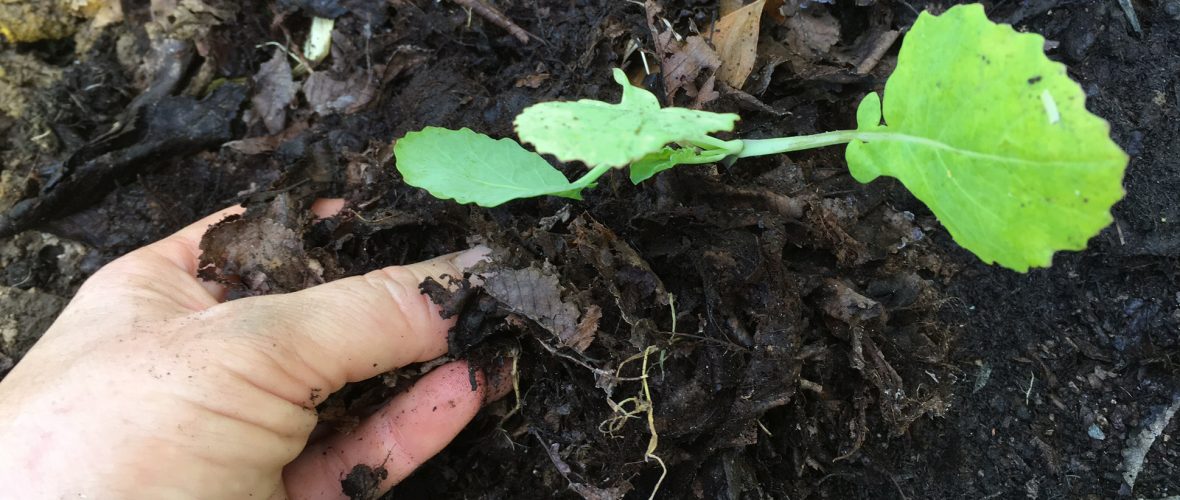It’s been incredibly dry here since lockdown started over a month ago, and I’m already seeing cracks in the surface of the soil. I’m not quite sure when my plants are coming, as I know the Rocket Gardens team have been inundated this spring so it could be a couple of weeks or so (fingers crossed!) but I decided that to give them a better chance when they do arrive, some mulch would be in order.
For those who are new to the concept of mulching, it basically means covering the soil with something. This could be, for example, compost, wood chip, straw, leaf mould, grass clippings etc. Once my veggies are planted in the soil, I’ll be spreading the mulch to cover any exposed soil in between rows/plants.
By covering the soil in this way it means that on dry days the mulch will dry out before the soil underneath dries out, thus your veg plants can still get plenty of water from the soil, even on hot days.
It also helps to suppress weeds by blocking the light – all those seeds and seedlings would have to struggle through a fairly thick barrier to find sunlight. It won’t suppress all of them, but it will help. This means that I will mainly be battling the tougher weeds like docks, bindweed and brambles, and should save quite a lot of time over the summer.
Finally, by using an organic mulch, extra nutrients will be added to the soil over time. Left undisturbed, the mulch will eventually break down and become part of the soil. Alternatively, depending on the type of mulch you use, you could dig it in to the soil at the end of the season to help improve soil structure. I’m using the no-dig method though, so will just leave it in place and plant between it over the autumn and potentially next spring as well if it is still going strong!

